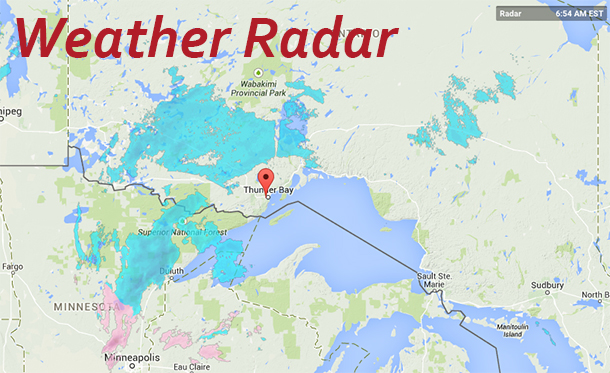The advancement of weather radar technology has completely changed how we perceive and forecast the weather. From its origins to the cutting-edge systems used today, weather radar has undergone an evolution. In this article, we will examine the progression of weather radar, examining its roots and how it has evolved.
1. The Early Phases of Weather Radar:
During its stages, weather radar was a far cry from the sophisticated setups we have at present. Originating during World War II for applications, early weather radars operated on basic technology. These radars were bulky and intricate, necessitating operators to interpret data.
2. The Emergence of Doppler Radar:
The debut of Doppler radar in the 1970s represented a milestone in enhancing weather forecasting methods. Unlike current weather radar, which identifies precipitation, Doppler radar can also gauge wind speed and direction. This groundbreaking feature empowered meteorologists to deepen their understanding of storm dynamics and precisely track their movements.
3. Dual Polarization Radar Innovation:
Another notable advancement occurred with the introduction of dual-polarization (DP) radar technology in the 1990s. Traditionally, radars emitted radio waves to detect precipitation; however, DP radars also incorporated radio waves.
Progress in technology has given meteorologists insights into the shape and size of particles in precipitation systems, leading to accurate rainfall predictions and better identification of precipitation types like rain, snow, hail, and sleet.
4. Improving Temporal Resolution:
Another benefit of advancements in modern radars is enhanced temporal resolution. Unlike previous generations, when data retrieval was limited to an hour, today’s radars can provide real-time updates every few minutes at higher frequencies.
5. The Rise of Next-Generation Radars:
Next-generation radars, such as phased array systems that have recently emerged, offer scanning capabilities across elevation angles simultaneously. They also provide updates and fine spatial resolution, enabling meteorologists to track weather more precisely and issue timely warnings for affected areas.
6. The Future of Weather Radar:
As technology progresses, so does weather radar. Ongoing efforts focus on integrating radar data into forecasting models for accuracy. Furthermore, advancements in machine learning and artificial intelligence hold promise for enhancing our ability to forecast weather events.
7. Weather Radar Network and Data Sharing:
Apart from the aforementioned progress, the establishment of a weather radar network has significantly contributed to enhancing forecast accuracy. The establishment and expansion of international radar networks have enabled meteorologists to collect data from an area thanks to more extensive coverage. Sharing this information among organizations, agencies, and meteorological services is crucial for collaboration and ensuring widespread access to a diverse range of data. Open data policies and initiatives have facilitated teamwork among meteorologists globally, resulting in weather forecasting models.
8. Challenges in Weather Radar Technology:
Similar to any technology, weather radar systems encounter obstacles that researchers are continually working on overcoming. One significant limitation of radar systems is attenuation, which occurs when radar beams come across rainfall or other elements that absorb radio waves. Ongoing efforts focus on developing algorithms and processing techniques to counteract attenuation effects, enabling meteorologists to collect data even during adverse weather conditions.
9. Beyond Earth: Space-based Weather Radar:
Although ground-based weather radar systems have shown effectiveness and reliability over time, there is a rising interest in the development of space-based radars. Satellites equipped with weather radar capabilities offer advantages by monitoring vast areas on a global scale. Space-based weather radars could play a key role in gathering data on rainfall patterns over oceans and remote areas where getting sufficient ground-based coverage might pose challenges. This additional information has the potential to significantly deepen our comprehension of weather trends and enhance the precision of forecasts at both worldwide levels.
Conclusion
From its origins as an asset during World War II to its present status as an essential component of contemporary weather prediction technologies, the development of weather radar stands as a tribute to human creativity and scientific knowledge. The integration of Doppler radar and dual polarization features has transformed how we analyze phenomena, elevating our capacity to forecast weather occurrences.
Looking ahead it’s intriguing to consider the advancements, in technology that lie ahead. Through research and innovation we can expect more precise predictions and improved early warning systems that will aid in lessening the impacts of extreme weather events.







